9 Famous Restaurants From the ’60s We Wish We Could Eat at One More Time
Before drive-thru lanes and digital kiosks, people had favorite spots they visited again and again. And while all of them ceased operations, they left behind stories, opinions, and plenty of questions about why places like these never seem to last.
Here’s a closer look at the ones we still miss.
Winky’s
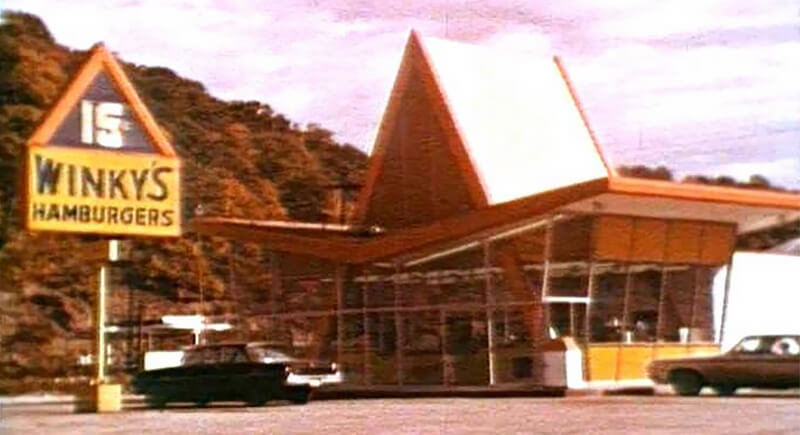
Credit: Facebook
Founded in Pennsylvania in 1962, Winky’s had a simple business plan: cheap food and fast service. Their slogan—“Fast Food Cheap”—captured exactly what people could expect. By 1977, they had more than 40 locations, but the company couldn’t hold on through the financial downturns that followed.
Chickland
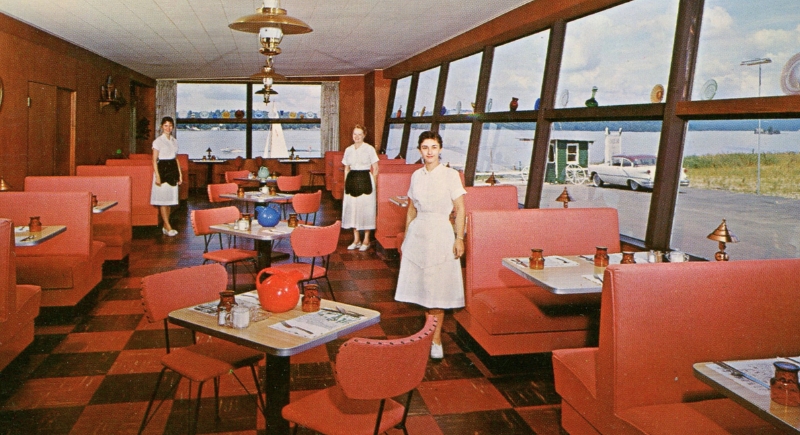
Credit: flickr
As competition from national chains grew stronger in Saugus, Chickland couldn’t keep up and eventually closed. The fried chicken spot had made a name for itself thanks to its consistency and familiarity. It remained a local fixture for years and served everyone who came in looking for delicious fast food.
Red Barn
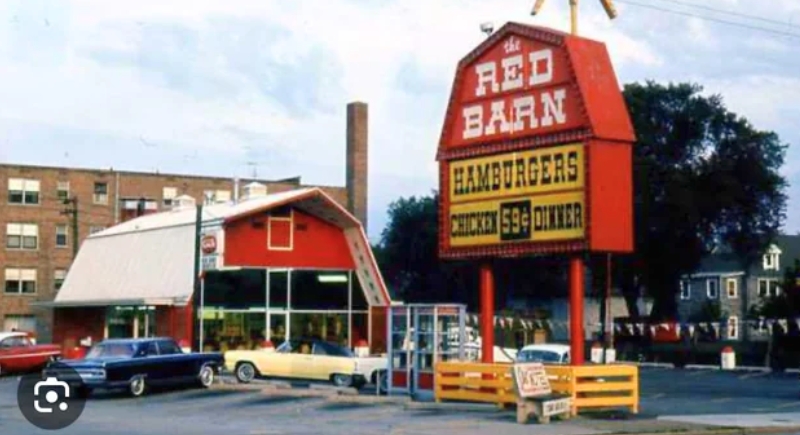
Credit: Reddit
At its peak, Red Barn had more than 300 locations across 19 states, with additional restaurants in Canada and Australia. The menu featured fresh burgers, fried chicken, and the Big Barney, a double-decker burger positioned as a direct rival to McDonald’s Big Mac. Customers also loved the early self-serve salad bar, which felt new at the time.
Sambo’s
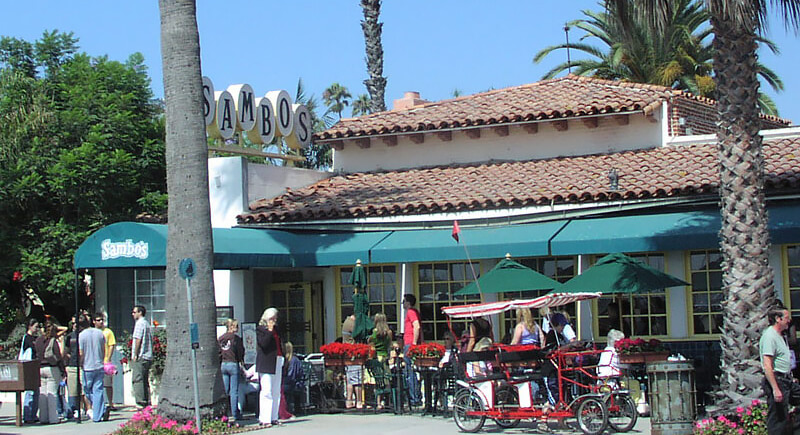
Credit: Wikipedia
Rapid growth made Sambo’s a major name in family dining, but its branding created long-term problems. The name referenced a children’s book that used racist imagery, and public criticism intensified during the 1970s. Efforts to rebrand failed to overcome the backlash, and many stores were forced to shut down or sell.
Yankee Doodle Dandy
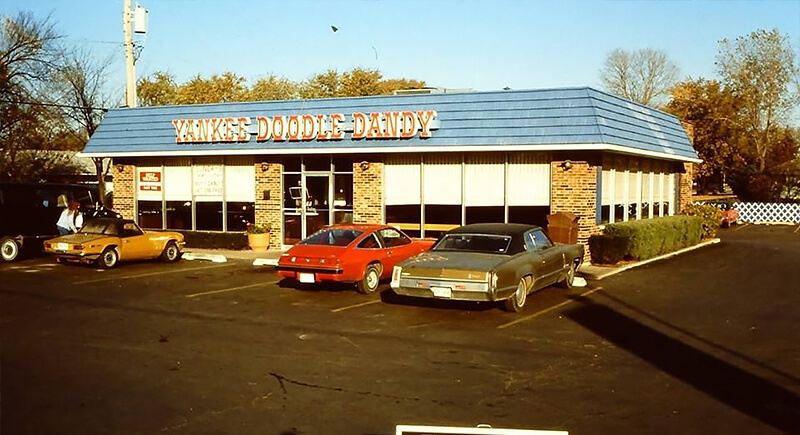
Credit: Facebook
This was the place you stopped at on the way home when no one wanted to cook. Yankee Doodle Dandy focused on affordable meals and a short menu. Various locations supplied burgers, fries, and little else, but that consistency was part of its appeal. The chain launched in 1966 and peaked in the Midwest.
Howard Johnson’s
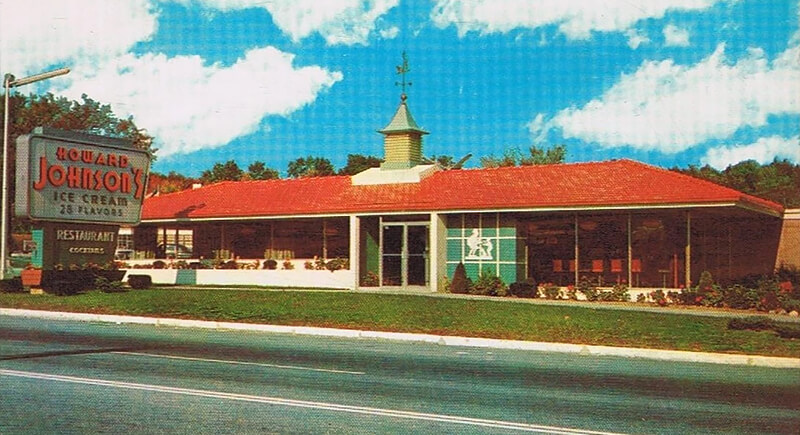
Credit: Wikimedia Commons
In the 1960s and ’70s, Howard Johnson’s operated the largest restaurant chain in the country. You could drive across the U.S. and find those orange roofs at nearly every major highway exit. Menus included fried clams, hot dogs, and 28 flavors of ice cream. Families often made it their go-to stop on road trips.
Joe and Nemo
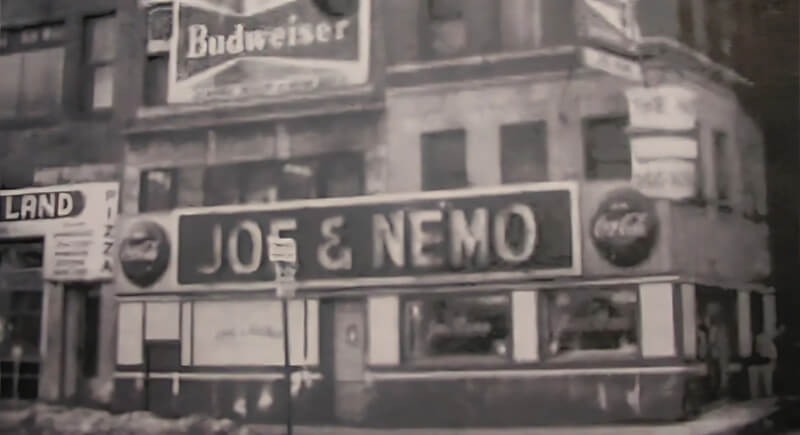
Credit: cruisecritic
Boston residents still bring up Joe and Nemo when discussing steamed hot dogs. The chain focused almost exclusively on this one item. It operated mostly during the mid-20th century and gradually declined in the 1970s. No one tried to reinvent the brand or modernize it.
The Stork Club

Credit: flickr
After operating for 36 years, The Stork Club shut down in 1965 in the wake of the passing of its owner, Sherman Billingsley. Without his presence, the club lost its direction, and plans to relocate or revive it fell through. It was once appreciated for hosting actors, politicians, and media elites, and symbolized exclusivity.
Minnie Pearl’s Fried Chicken
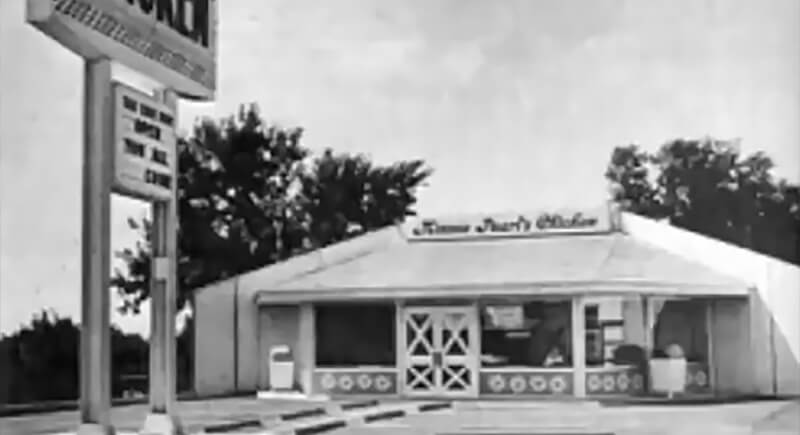
Credit: columbusrestauranthistory
With plans to compete directly against KFC, Minnie Pearl’s Fried Chicken launched in 1966, using comedian Minnie Pearl’s fame to build recognition. The chain grew quickly, and investor enthusiasm pushed stock prices up fast. But behind the scenes, poor financial oversight and accounting irregularities caught the attention of regulators.
Zim’s
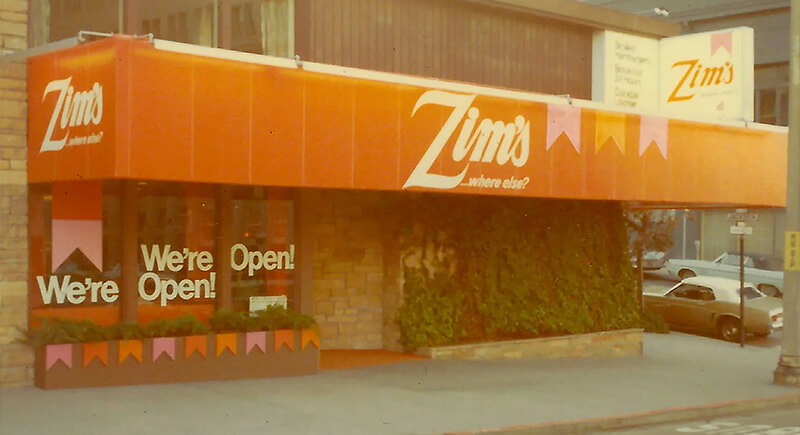
Credit: restaurantrealty
Locals treated Zim’s like a mix of diner and fast food joint, which worked perfectly for the time. The locations offered full meals and late-night hours. People still remember the layout of booths and the feel of the tabletops. Most say the food was solid, not spectacular, but Zim’s built a loyal following back then.
Golden Drumstick
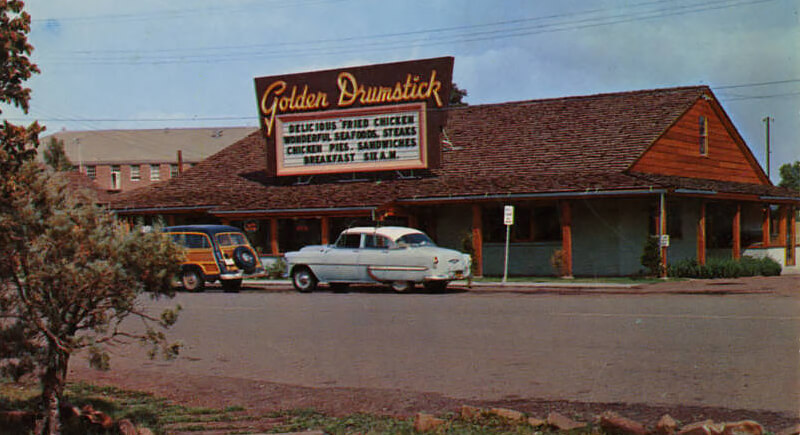
Credit: Wikimedia Commons
A favorite in Youngstown, Golden Drumstick drew regulars with its fried chicken, mashed potatoes, and sweet corn. The coleslaw and gravy were especially popular, often ordered in extra portions. The eatery had several locations in the area but never expanded beyond northeastern Ohio. Without a marketing push or franchise backing, it couldn’t compete with larger national brands.
Woolworth’s

Credit: woolworthsmuseum
Civil rights protests in the 1960s typically centered around Woolworth’s lunch counters, where sit-ins challenged segregation policies across the South. These demonstrations turned a simple dining space into a national symbol of resistance. Outside of that historic role, the counters had familiar staples, like grilled cheese, pie, milkshakes, and hot coffee.
Hot Shoppes

Credit: Facebook
This simple food stand in 1927 eventually became a well-known chain throughout the Mid-Atlantic. Hot Shoppes offered classic American meals, with the Mighty Mo burger and signature orange freeze drink at affordable rates. The chain thrived through the 1960s and the following decade before Marriott, its parent company, shifted focus to the hotel industry.
Magic Pan
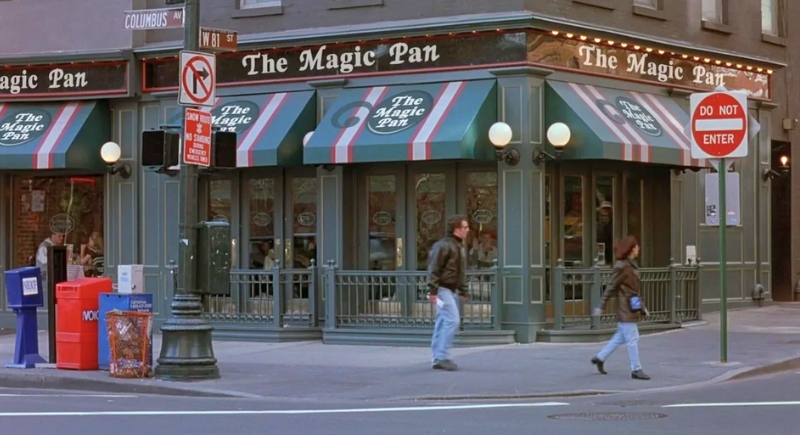
Credit: Reddit
One of the best things about the Magic Pan was that you could watch your crêpe cook on a rotating cast-iron griddle—a novelty when it opened in San Francisco in 1965. The restaurant started small and initially sold Hungarian-style crêpes, both sweet and savory.
Steak and Ale
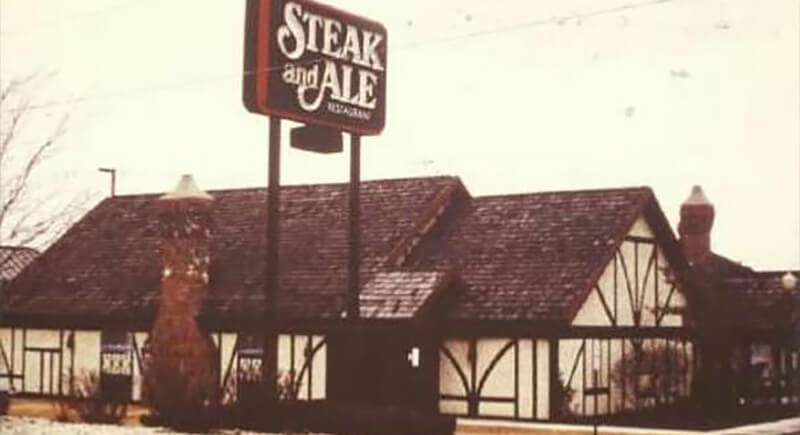
Credit: Reddit
Customers visited Steak and Ale for steak dinners, salad bars, and dim lighting that made the place feel lavish without being expensive. It opened in 1966 and expanded fast because of reasonable pricing and hearty meals. But by the early 2000s, evolving tastes and corporate changes led to widespread closures.